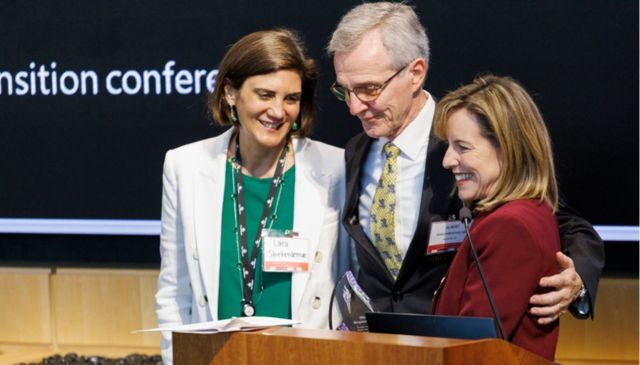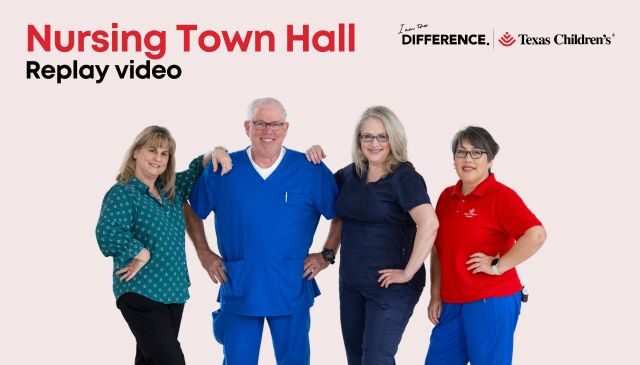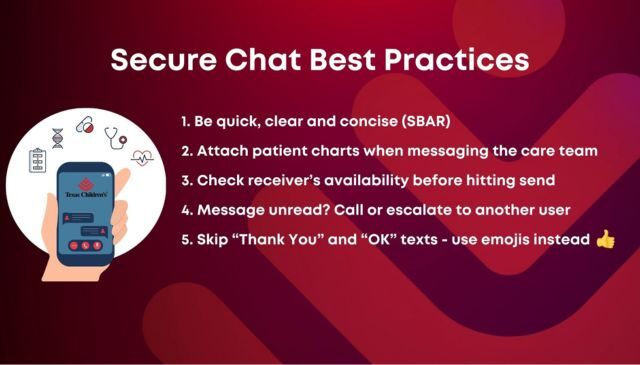January 6, 2025

For 38 years at Texas Children’s, Dr. Albert Hergenroeder has provided subspecialty adolescent medicine care for youth with chronic illness and disabilities. His pioneering efforts in transition medicine were recently recognized at the 25th Chronic Illness and Disability Conference: Transition from Pediatric to Adult-Based Care, where he received an achievement award from President and CEO Dr. Debra F. Sukin and Pediatrician-in-Chief Dr. Lara Shekerdemian.
Hergenroeder is the founder and program director for the annual conference, which is both the longest running and foremost national conference in the field. It’s provided international audiences with evidence-based content that has enabled interdisciplinary attendees to acquire new and relevant knowledge and skills to improve their practice and health outcomes of the youth, young adults with chronic illnesses and their families.
“It’s more than just a conference; it’s a forum for sharing what’s possible where we, youth and young adults, families, scientists, clinicians, administrators, policy experts and trainees, can exchange ideas in an attempt to meet the health care transition (HCT) needs of youth and young adults,” said Hergenroeder. “For 25 years, we’ve been grounded by all those who have told their stories of courage, determination and perseverance, of living out hope beyond fear and doubt into what is possible.”
He continued, “They have reminded us that behind our models of care, payment and interventions, there are people with disabilities who are determined to live their lives to the fullest. Just like me. Just like you. And they are asking for help, just like we, just as I have had help along the way.”
The conference has shared diverse content focused on practice, policy and research. There have been over 6,400 registrants, including nurses, social workers, physicians, advocates, parents, caregivers, youth and young adults, administrators, financial and policy experts, and interdisciplinary trainees in all of these fields.
Click here to watch a tribute video for the conference and Dr. Hergenroeder.
About Dr. Albert C. Hergenroeder
- Dr. Hergenroeder has been Principal Investigator for several transition funded research projects, including a HRSA-funded D70 innovative HCT grant project and a Texas Department of State and Health Services and HRSA-funded grants addressing health care transition.
- He is currently the Principal Investigator on two funded grants, one is a HRSA-funded grant addressing An Intervention to Promote Autonomy and Competence in Transition Aged Youth and the other is an Episcopal Health Foundation-funded grant to decrease health inequities associated with inadequate insurance and subsequent lack of access to primary and specialty adult-based care for patients with life-threatening disease transitioning from Texas Children’s Hospital to the Harris Health System (HHS) as they age out of pediatric care.
- He was an inaugural member of the Got Transition National Center Advisory Board since 2011.
- Dr. Hergenroeder has led the HCT planning efforts at Texas Children’s Hospital since 2004 in collaboration with Dr. Connie Wiemann and the TCH Transition Planning Workgroup, including Blanca Sanchez-Fournier, Jordyn Babla, and Julie Harmon.
- He developed the EHR-based Transition Planning Tool (TPT) which was adopted as an Epic Clinical Program in 2014 and has been used by 22 clinical services across TCH. In 2015, the TPT was selected as a Best Practice by the national Association of Maternal and Child Health Programs (AMCHP).
- In 2018, he and Dr. Wiemann co-edited the textbook, “Health Care Transition: Building a Program for Adolescents and Young Adults with Chronic Illness and Disability.”
- He has 14 peer-reviewed publications on HCT from pediatric to adult-based care and 18 national abstracts in the past five years.
- He has been a visiting professor/invited speaker to discuss HCT at numerous state and national meetings.
For more information about the Transition Medicine content presented at the recent conference, please visit the Texas Children’s Transition Medicine homepage.











